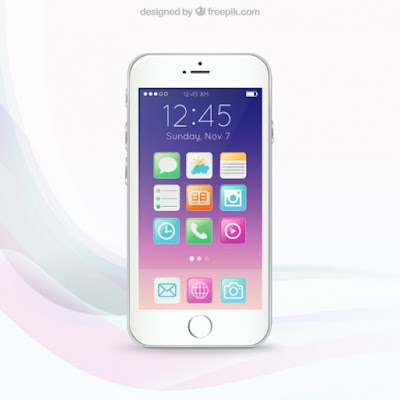Smartphones are opening up new doors for the enterprise. The enterprise app development industry is evolving just as rapidly as the technology market, and we are seeing a number of trends that indicate a strong focus on secure cloud-based mobile solutions.
While enterprise apps will likely be more expensive and demanding, they will also be more intuitive and scalable. Given these predictions, mobile developers should consider these three major trends:
App Security
Security has always been a big challenge. According to a survey by Gartner, 75 percent of mobile apps will fail basic security tests in 2015, and hackers will continue to take advantage of those vulnerabilities.
Security is a crucial factor that iOS app developers need to focus on. This is a major concern for smartphone users, especially since so much private and business data is stored on these devices or on a cloud networks, both of which can be compromised through app vulnerabilities.
iBeacon and Location-Based Wi-Fi Services
The retail and advertising sectors have begun implementing iBeacon and location-based Wi-Fi services to help deliver content that is more meaningful to smartphone users. This opens up a range of possibilities for enterprise users as well.
 |
| Enterprise Mobile App Development |
Enterprises can use these technologies in their workplace to ensure that the right people get access to the right data and services. Imagine a project manager walking into a department and getting relevant status updates on what projects the department is currently working on, as soon as he steps through the door. Instead of having to go through a hundred emails or status updates, the manager only sees what's needed while in that department. This is just one example. App developers can incorporate location-based information and services sharing into enterprise apps to suit specific needs.
Here's another example. Imagine having the names and contacts of clients and suppliers in the immediate vicinity delivered to your smartphone just as you enter a specific location. As soon as your business development manager steps into a Starbucks, they receive a notification on their smartphone telling them that one of your clients is there for a coffee, and they should say hello. (This example could be considered borderline stalking, but hey! You get the point I’m making here). Thus, a location based service app can help you in staying connected with your business associates.
iBeacon and location-based Wi-Fi services are a huge step forward in terms of delivering relevant content and even services.
Cloud-Driven Technology
Cloud-driven technology will play a vital role in custom iOS app development in 2015. With the rise in the use of multiple smart devices, mobile app developers will have to focus more on the integration and synchronization of their apps on multiple smart devices, as well as cross-device compatibility. Cloud technology will help app developers create applications that can be operated with multiple smart devices by using server-side and web-application technologies that use the cloud to their advantage.
Enterprise app developers need to stay several steps ahead of the game to deliver groundbreaking solutions that can give them the edge in this rapidly evolving industry. So it's advisable to go for a skilled custom iOS development service provider that has extensive experience in developing compelling iOS apps so that you can rest easy on the development part and focus on core business needs.
Are your apps future proof? Would you implement location-based services for your office space? Please feel free to share your ideas in the comments below. We'd love to discuss them in detail because we value your input.





